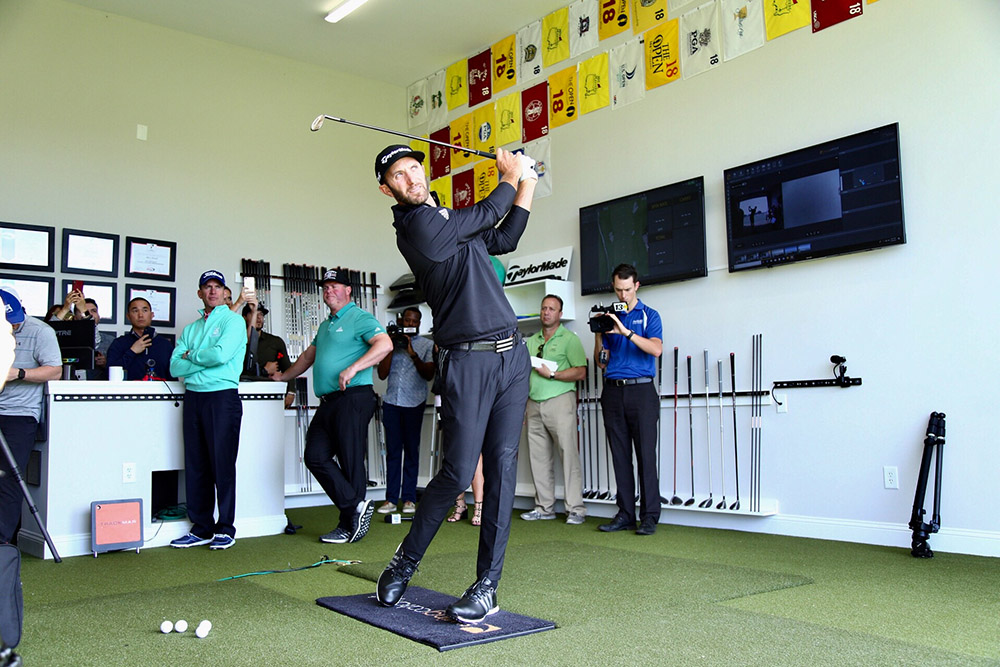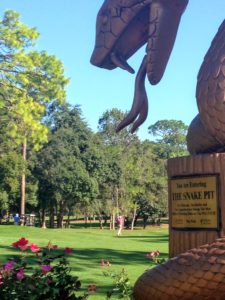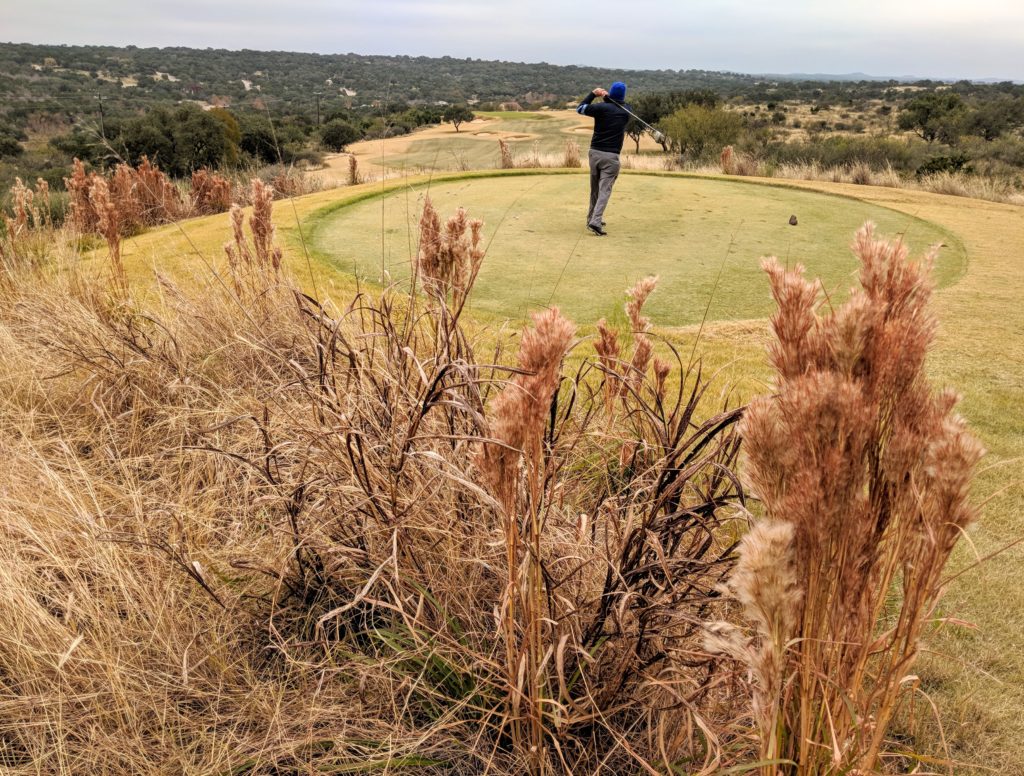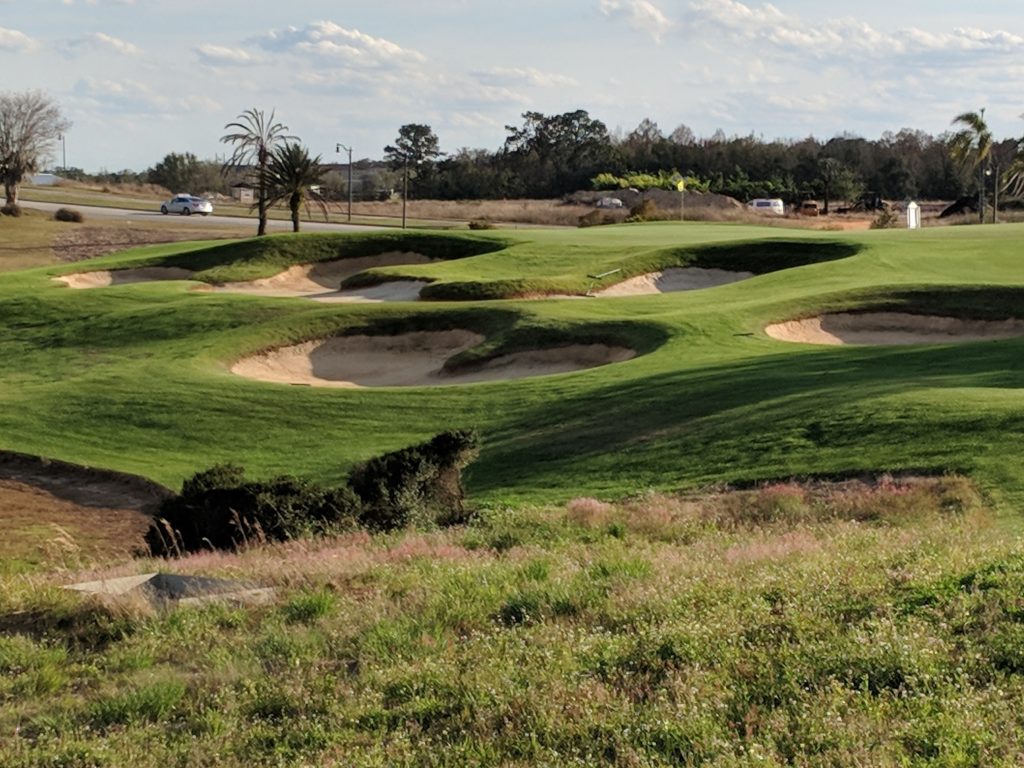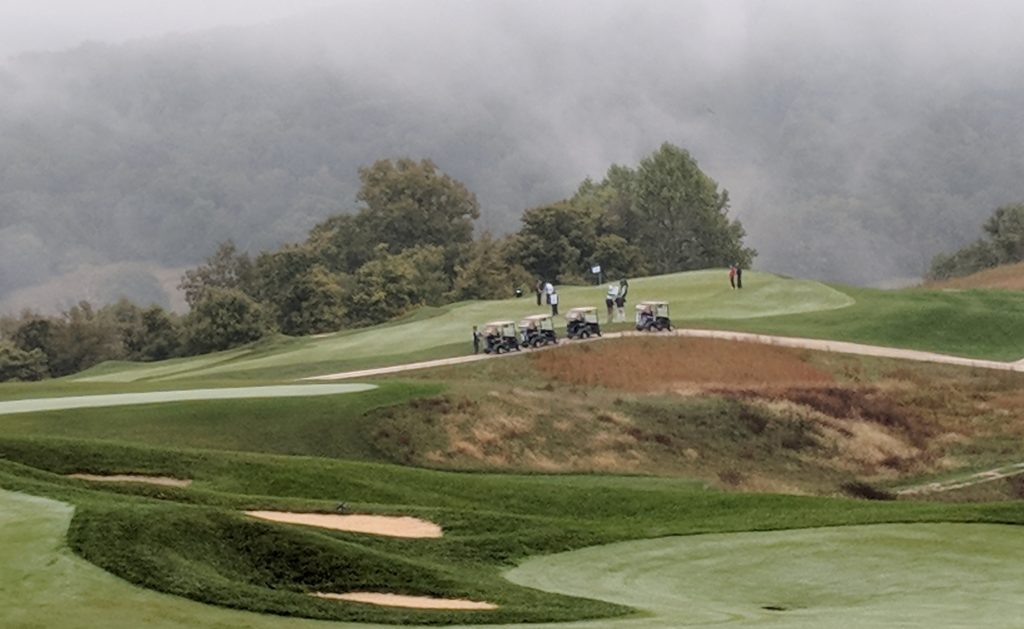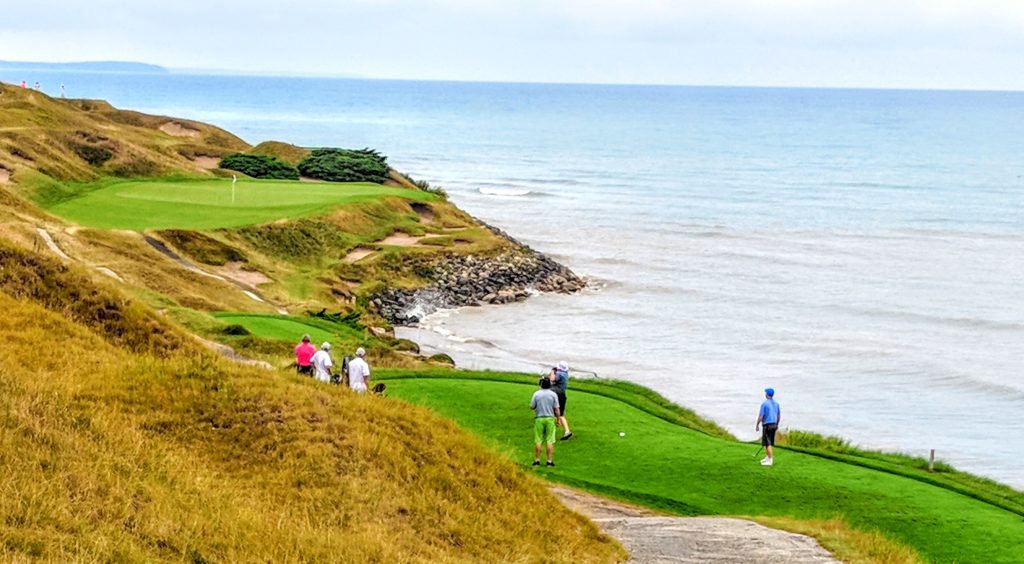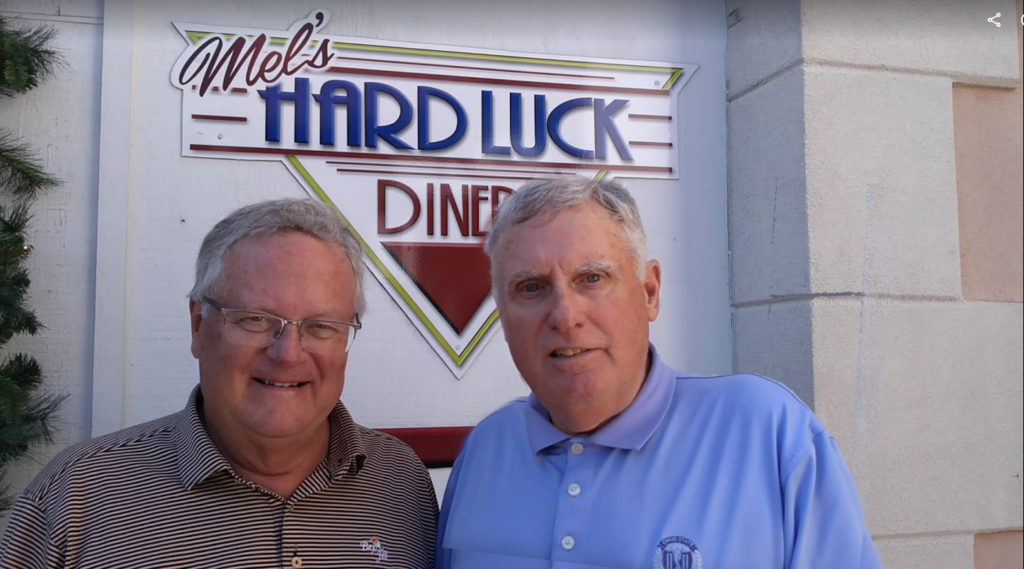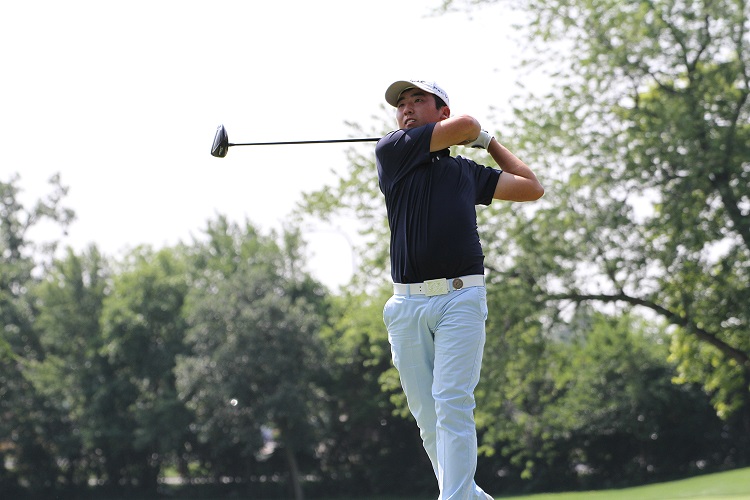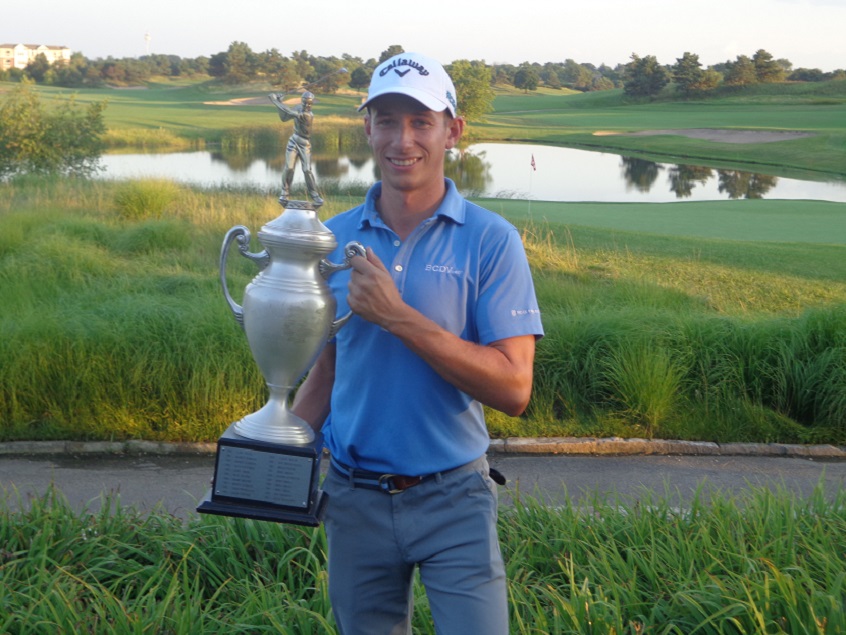The John Deere Classic has been played in the Quad Cities of Rock Island and Moline in Illinois and Davenport and Bettendorf in Iowa for 48 years, but this year’s staging represents a significant milestone.
It’ll be the 20th year the tournament has been played at TPC Deere Run in Silvis, which is on the outskirts of Moline, and Moline is where the John Deere Company national headquarters is located. Ever since John Deere took over sponsorship in 1999 and the tourney moved to Deere Run this tournament — in one of the smallest markets on the PGA Tour — has been big-time, to put it mildly.
Through its Birdies for Charity program the JDC raised $13.4 million for 500-plus area charities last year. The tournament has established itself as the No. 1 tournament on the tour in per capital giving and No. 3 in total charitable giving, and each year it provides an estimated $54 million economic impact in the Quad Cities area.
Since Deane Beman, the former PGA Tour commissioner, won the inaugural playing of the tournament in 1971 the event has raised $107 for area charities.
“It’s unlike any other tournament,’’ said Michael Kim, who will defend his title from July 8-14.. “It’s such a tight-knit community. You can definitely tell how everyone in the community really backs the tournament. It’s s such a strong showing with the spectators and crowds. I wish we played every tournament out there now.’’
Over the years the JDC has been known for producing first-time PGA Tour winners – 22 of them, in fact. Last year it was Kim, and he won in style. His 27-under-par total not only produced a record eight-stroke victory margin but it also erased Steve Stricker’s 26-under par total in 2009 as the lowest in tournament history. Until Kim went crazy the most one-sided winner in tournament history was David Frost, who won by seven in 1993, before the tourney moved to TPC Deere Run.
“Obviously the best golf I’ve ever played for a week,’’ said Kim when he returned for a media day visit. He still watches his win on YouTube “just to remember that it actually happened.’’
The tournament had a long run at short, sporty Oakwood, in Coal City, before moving to Deere Run. The present home course was designed by veteran tour player D.A. Weibring, an Illinois State University alum who won the JDC three times when it was played at Oakwood.
Weibring, who had design help from Chris Gray, devised a 7,183-yard, par-71 course that has become a favorite of PGA Tour players. Some have even come to the JDC instead of heading overseas for the British Open, which is traditionally the week after the John Deere Classic. JDC director Clair Peterson has made his tournament an attractive option by chartering a jet for them from the Quad Cities Airport to the British site. Why head overseas sooner than necessary?
Last year the British site was Carnoustie, in Scotland, where Kim finished 35th behind champion Francesco Molinari. A week earlier Molinari had tied for second in the JDC but – like everyone else –couldn’t keep up with Kim.
While Kim’s win was one for the ages, it wasn’t the first in JDC history. This tournament has had lots of big moments – especially since it settled at TPC Deere Run. Stricker won his three-peat there (2009-11). Iowa native Zach Johnson, who is on the tourney’s board of directors and is its most devoted supporter among the PGA Tour players, played in his first tour event in the Quad Cities and ended Stricker’s run there.
Stricker’s first title started when he shot a 60 in the first 18 but wasn’t even leading at that day’s end because Paul Goydos had posted a 59. Jordan Spieth was among those winning for the first time at TPC Deere Run in 2013, when he was just 19 and the youngest winner on the circuit in 82 years. He triumphed again two years later — but hasn’t been back since.
And then there was Michelle Wie. Peterson gave her a sponsor’s exemption when she was 15 years old and she almost survived the 36-hole cut.
Peterson has always been welcoming to up-and-coming young stars. Lots have benefitted from his sponsor’s exemptions but this year Peterson changed his formula a bit. He invited a 45-year old with an unorthodox swing, one likened to a fisherman casting. Like Kim, Ho Sung Choi was born in South Korea and he can play. He won the Casio World Open on the Japan Tour last year.
There’s always something uplifting at the JDC. Among those this year is a boost in prize money—to $6 million. The winner will pick up $1,044,000.


